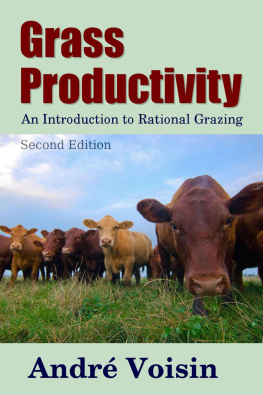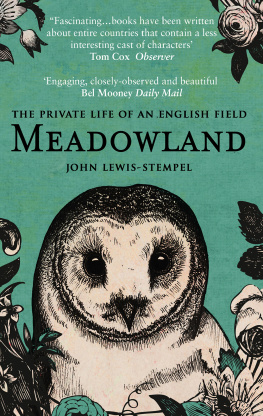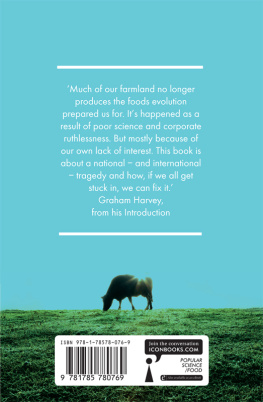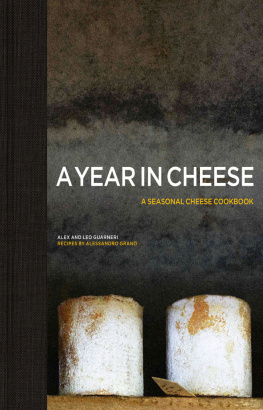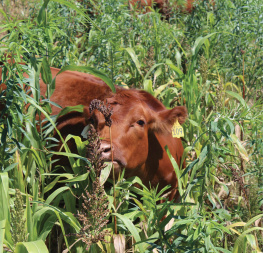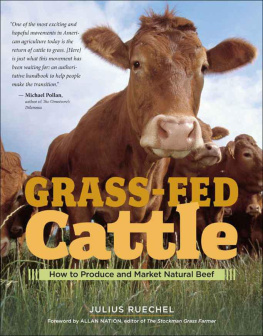Grass Productivity: An Introduction to Rational Grazing
By Andre Voisin with Dr. Robert C. Worstell
Originally published 1959 as Productivite de l'Herbe; no renewal of English translation found in U.S. copyright records.
Cover art and added text copyright 2014, 2021 Midwest Journal Press.
All Rights Reserved.
Cover photo: Ryan Thompson
To all our many devoted and loyal fans:
We produce these stories only for you.
(Be sure to get your bonuses at the end of the book...)
V OISIN'S CLASSIC IS still in great demand, nearly three-quarters of a century after it was first written and published.
The main point of it, that grass is more productive when shorn and given time to re-grow, is the core base of all the current popular works on rotational and mob grazing.
A regular re-study of Voison's work brings new understanding and simplicity to anyone's grazing operation.
The underlying basic to this work is that through managed grazing, the cows can be more productive and help the soil regenerate through the interaction of the cow and grass, very similar to how the vast roaming herds of grazing and browsing animals across the Western plains developed and maintained the prairies. The sheer size of these herds proved the land was capable of supporting massive tonnage of livestock through grazing and following natural patterns.
That the same land a few decades later both developed a massive Dust Bowl, and then recovered from it says a lot about our own human arrogance, and our ability to use humility ot learn from our mistakes.
Students of both cow and grass are how Voisin developed his theories into valuable patterns of operation. These same students who learn constantly through daily observation are the people who are saving our land from exhaustion and desertification.
As goes the land, so goes empires as Roman, Greek, and Mesopotamian empires proved. These areas are mostly desert now, the soil eroded to rock.
First, we work make our farming more sustainable and pay its own way, then we encourage it to save our futures by restoring the land, and producing higher quality beef and forage than it has in centuries.
It's our privilege to augment Voisin's classic in this second edition with the addition of Anderson's Essays from nearly two hundred years ago all for your own continuing education.
Good Hunting.
Robert C. Worstell
November, 2021
B Y M. MCG. COOPER
B.Agr.Sc.(N.Z.), B.Litt.(Oxon), Dip.Rur.Econ.(Oxon), F.R.S.E.
Dean of Agriculture, University of Durham
ABOUT ten years ago I upset a lot of people by stating that British farming was still only at half-cock. This criticism was not applied to tillage farming which generally is of a very high standard in this country, but to the quality of our grassland farming which was, and still is, far from satisfactory. It has been estimated that the effective production of starch equivalent from our pastures is less than fifteen hundredweights per acre, and this is appreciably less than the yields we obtain from the normal run of cereal crops. If our grasslands were properly managed the offtake of nutrients would be well in excess of that from cereal crops and would compare favourably with the yield from such expensively produced crops as swedes, mangolds and fodder beet. But our grasslands are not well managed. Many, and especially the permanent pastures, are undernourished and the majority of them suffer from one or other of those twin evils of grassland mismanagement, under- or overgrazing. Too often farmers accept pasture for what it is and not for what it could be if they put into its management the same level of technical knowledge as they apply to their tillage crops.
You will understand the force of my arguments when you have read this book, for Andr Voisin has a story to tell which has a foundation of great achievement. He once belonged to that school of thoughtlessness which pays little or no attention to vital principles of pasture management. In those days, when he utilized his grassland by continuous grazing, he produced 1800-2000 lb. of starch equivalent per acre. Even by current standards this is a fairly respectable level of production, but it was well below the potential of his swards, for when he applied what he aptly calls rational management their yields were trebled and starch equivalent production exceeded that of any arable crop grown under similar conditions.
I am not going to steal M. Voisins thunder and explain what is meant by rational management, for the pages that follow will give you this information. But I must comment on how refreshing it is to find someone who combines the viewpoint and understanding of the plant physiologist and of the animal physiologist in his endeavours to realize the potential of his grassland. Too often there has been a dichotomy of interests where the plant and the animal are regarded as isolates rather than as integrates. For instance, we have had plant breeders producing new varieties of herbage plants without consulting the animal, and ending up with something the animal does not like. S. 143 cocksfoot is a good example of what I mean. It has excellent agronomic characteristics, but it is really not very good for milk or meat production. On the other hand, we have graziers who do not recognize that grass and clover leaves have the function of feeding their parent plants as well as the stock that graze them. M. Voisins system of grazing recognizes this duality of function and the importance of understanding the interaction of plant and animal in the attainment of maximum profitability from grassland.
I must warn you before you start reading that you may not always agree with Andr Voisin. For my part I have a number of issues to raise with him when next we meet, though I have a sneaking suspicion that sometimes he is trailing his coat. He is like that in the flesh, for he is one of those stimulating people who have the gift of making people think. Certainly he has made me very thoughtful through the level of performance of his grassland, for I know of no farmer who has achieved an output of over 6000 lb. of starch equivalent per acre from his pastures. The careful reasoning of a man who can obtain an output of this magnitude cannot but make interesting and profitable reading.
One feature that interests me particularly is M. Voisins regard for permanent grass. He does not obtain this high level of production from young leys, for his youngest pastures were established just after the war and in his estimation they have not yet reached their productive prime. We in Britain have had an emphasis on ley farming not just for the sake of increasing tillage crops but also with the object of increasing pasture productivity. Though I do not question the value of ley farming under appropriate conditions, where cash cropping is the most profitable way of using land, M. Voisins experience increases my doubts of the wisdom of plowing pasture merely to re-establish it, especially when there is so much that can be done by surface improvement. We have twelve million acres of permanent grass in this country which have resisted all attempts to get them plowed, and to my mind the greatest single problem in our farming is to make this permanent grass more productive. M. Voisin has given us some valuable guidance to this end.

